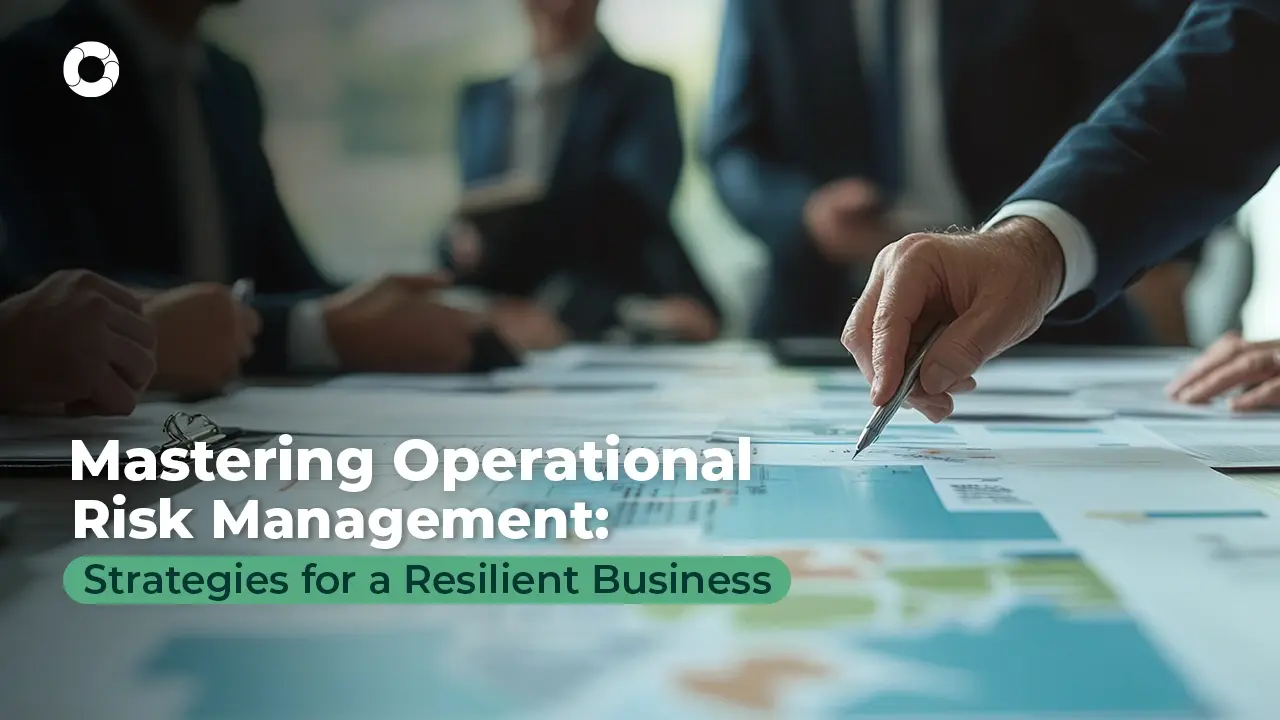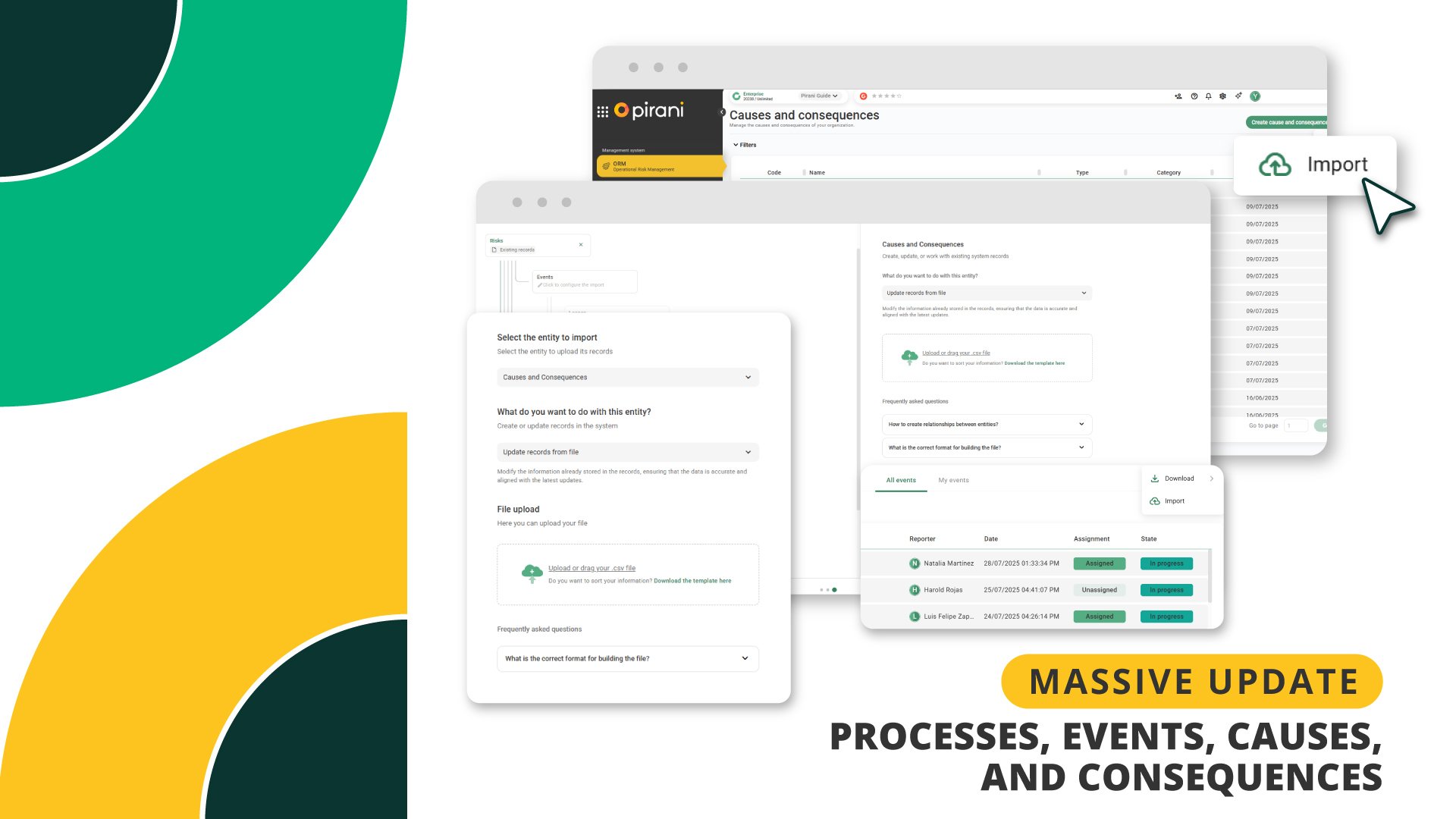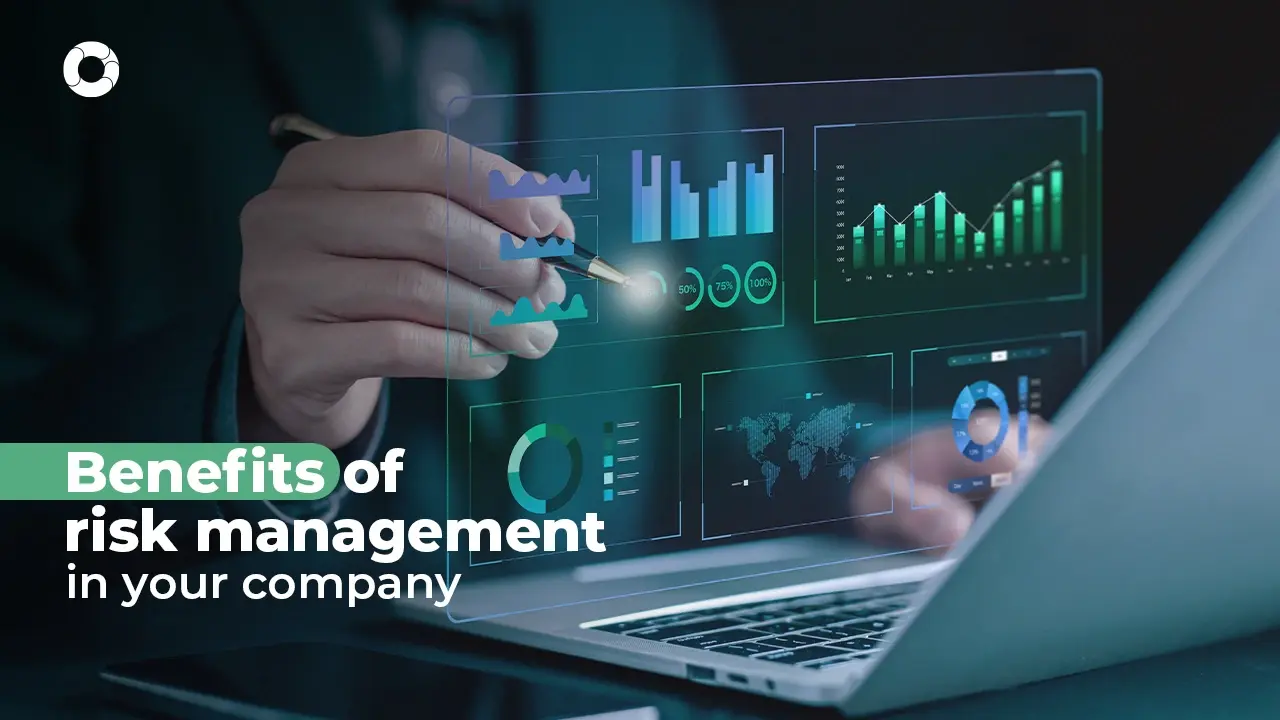Beyond Vendor Risk: Building Third-Party Resilience
Modern organizations do not operate alone—they run through an intricate web of suppliers, cloud providers, and service partners. From payment processing to data hosting, most critical operations now depend on external entities that sit outside direct managerial control.
This new operating model has delivered efficiency and scalability, but it’s also created an unprecedented layer of dependency risk. A disruption in a single service provider can now cascade across multiple organizations, revealing a simple truth: resilience is only as strong as the least resilient partner in your network.
Third-party risk management has therefore evolved beyond contractual oversight. It is now an operational discipline that requires governance, visibility, and accountability—capabilities best supported through a structured Operational Risk Management (ORM) framework.

|
Content |
The regulatory backdrop — Accountability remains internal
In 2023, the Office of the Comptroller of the Currency (OCC), the Federal Reserve, and the FDIC jointly released their Interagency Guidance on Third-Party Relationships: Risk Management.
The document sets clear expectations: financial institutions must assess, monitor, and control the risks arising from every stage of a vendor relationship—from planning and due diligence to termination.
Similarly, Canada’s Office of the Superintendent of Financial Institutions (OSFI) updated Guideline B-10 in 2024, reinforcing that regulated entities remain fully accountable for outsourced activities, even when using external providers.
Together, these frameworks underscore a shift in supervisory logic. Regulators are no longer satisfied with attestations or vendor scorecards—they want proof of governance: documented assessments, ongoing monitoring, and resilience testing embedded in operational management systems.
The implication is clear: third-party oversight is no longer a compliance exercise; it is a core component of operational soundness.
The visibility challenge — Unknown dependencies, invisible risks
Despite years of investment in vendor management, many organizations still operate with limited visibility into their external dependencies.
They know their primary providers but often lack awareness of the “nth-party” layers—the subcontractors, data centers, and shared cloud infrastructures that support them.
This opacity was evident in several recent disruptions where outages or cyber incidents at key service providers—especially in cloud computing and payment processing—caused widespread operational impact far beyond the original firm.
The reality is that traditional supplier governance models weren’t built for today’s networked ecosystems. Static risk registers and manual reviews can’t keep pace with the dynamic interconnections that define modern operations.
To manage this complexity, organizations need continuous monitoring and an integrated system that links vendors, processes, controls, and incidents within a single risk framework.
Operational risk management as the backbone
A mature ORM framework offers exactly this foundation. Instead of treating third-party risk as a parallel process, it embeds it directly into the organization’s operational DNA.
Under this approach:
- Vendors are mapped to the business processes they support, revealing which operations are most exposed.
- Controls and SLAs are tied to measurable risk indicators, ensuring accountability beyond contractual terms.
- Incident management captures events that originate from or involve third parties, providing a complete picture of operational impact.
- Testing and monitoring become cyclical, allowing risk teams to validate resilience rather than assume it.
Leading consultancies such as McKinsey & Company have described this shift as moving from reactive vendor management to a “business-critical view of supplier and third-party risk.”
In practice, it means organizations must govern their extended enterprise with the same rigor as their internal operations.
How Pirani enables integrated third-party resilience
This is where technology becomes essential.
Pirani’s Operational Risk Management software provides a unified environment to identify, evaluate, and monitor third-party risks as part of the broader ORM lifecycle.
Its capabilities allow organizations to:
- Consolidate supplier information in a central repository linked to processes, risk categories, and control structures.
- Automate assessments and schedule recurring reviews to evaluate financial, operational, and cybersecurity exposure.
- Assign ownership and accountability, ensuring that every vendor has a responsible risk manager internally.
- Monitor controls and key indicators in real time, identifying when tolerance levels are breached.
- Document evidence for audits and regulators, providing a transparent record of governance and testing.
By embedding vendor oversight into ORM, Pirani transforms fragmented third-party management into a continuous, evidence-based practice. The result is an auditable, data-driven view of resilience—one that satisfies regulators and builds confidence across the organization.
Designing for resilience, not just compliance
Third-party risk programs often begin as regulatory responses, but true resilience requires a strategic redesign of how dependencies are managed.
That means:
- Moving from periodic vendor reviews to continuous monitoring informed by risk data.
- Prioritizing vendors based on criticality to operations, not just spend.
- Establishing impact tolerances that quantify acceptable downtime or service degradation.
- Integrating cyber, technology, and operational resilience disciplines under one governance framework.
This alignment turns third-party oversight from a defensive necessity into a strategic capability.
Organizations that achieve it can not only recover faster from disruptions—they can demonstrate to customers, regulators, and investors that their resilience is measurable and proactive.
Every link in today’s operational chain carries risk. Yet, when managed through a strong ORM framework, those same links can become sources of stability and insight.
The challenge is not to eliminate third-party risk—it’s to make it transparent, traceable, and testable. With platforms like Pirani, organizations can see beyond contractual boundaries, transforming oversight into resilience and compliance into confidence.
FAQ
- Q1. Why is third-party risk now a core operational risk issue?
Because critical business services increasingly depend on external providers (cloud, payments, SaaS). A single vendor failure can cascade into outages, compliance breaches, and reputational harm—classic operational risk. - What’s the difference between TPRM and ORM for vendors?
TPRM focuses on the vendor lifecycle (due diligence, contracts, monitoring). ORM embeds vendor exposures into enterprise risk: mapping to critical processes, defining tolerances, testing continuity, and tracking incidents with evidence. - Which regulations and standards are most relevant in the U.S. and Canada?
U.S.: Interagency Guidance on Third-Party Risk Management (OCC/FRB/FDIC, 2023).
Canada: OSFI Guideline B-10 (2024).
Both expect governance, ongoing monitoring, and proof of resilience—not just contracts. - How should we prioritize vendors?
Start from critical operations. Classify vendors by operational criticality and concentration risk, not only by spend. Tie each critical vendor to impact tolerances and recovery expectations. - What are “nth-party” risks and why do they matter?
They are your vendors’ vendors (and beyond). Hidden dependencies in data centers, cloud regions, or sub-processors can create systemic exposure if not mapped and monitored. - What metrics demonstrate third-party resilience?
Impact tolerance per critical service, RTO/RPO attainment, % of critical vendors with tested recovery, KRI breaches over time, remediation closure time, incident-to-report time, and concentration indicators (e.g., dependency on a single cloud region). - How does an ORM platform like Pirani help in practice?
It centralizes vendor inventories, ties them to processes/risks/controls, automates assessments and test schedules, tracks incidents and KRIs, and keeps audit-ready evidence aligned with OCC/OSFI expectations.
Try Pirani now, create your free account 👇
Want to learn more about risk management? You may be interested in this content 👇
You May Also Like
These Related Stories

From Checklists to Culture: Building a risk-conscious organization

Turning Regulatory Change into an Operational Advantage

The Impact of Data Quality on Operational Risk Management

Mastering Operational Risk for Business Resilience

Optimize Your Risk Management with Bulk Updates in Pirani



No Comments Yet
Let us know what you think